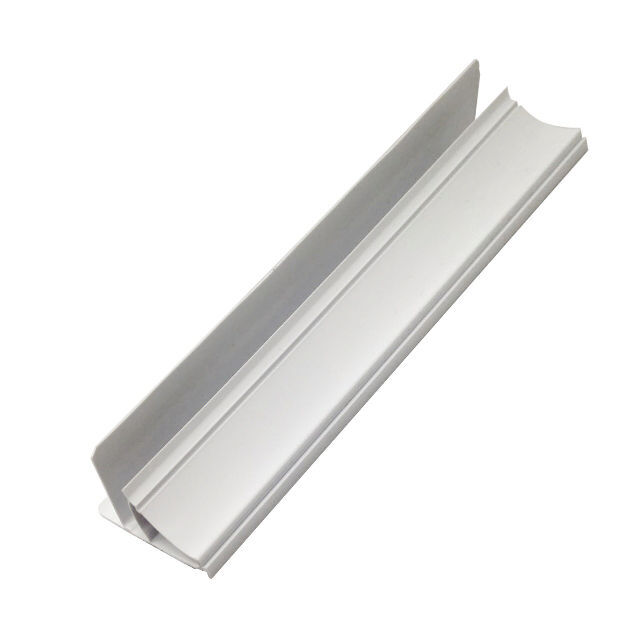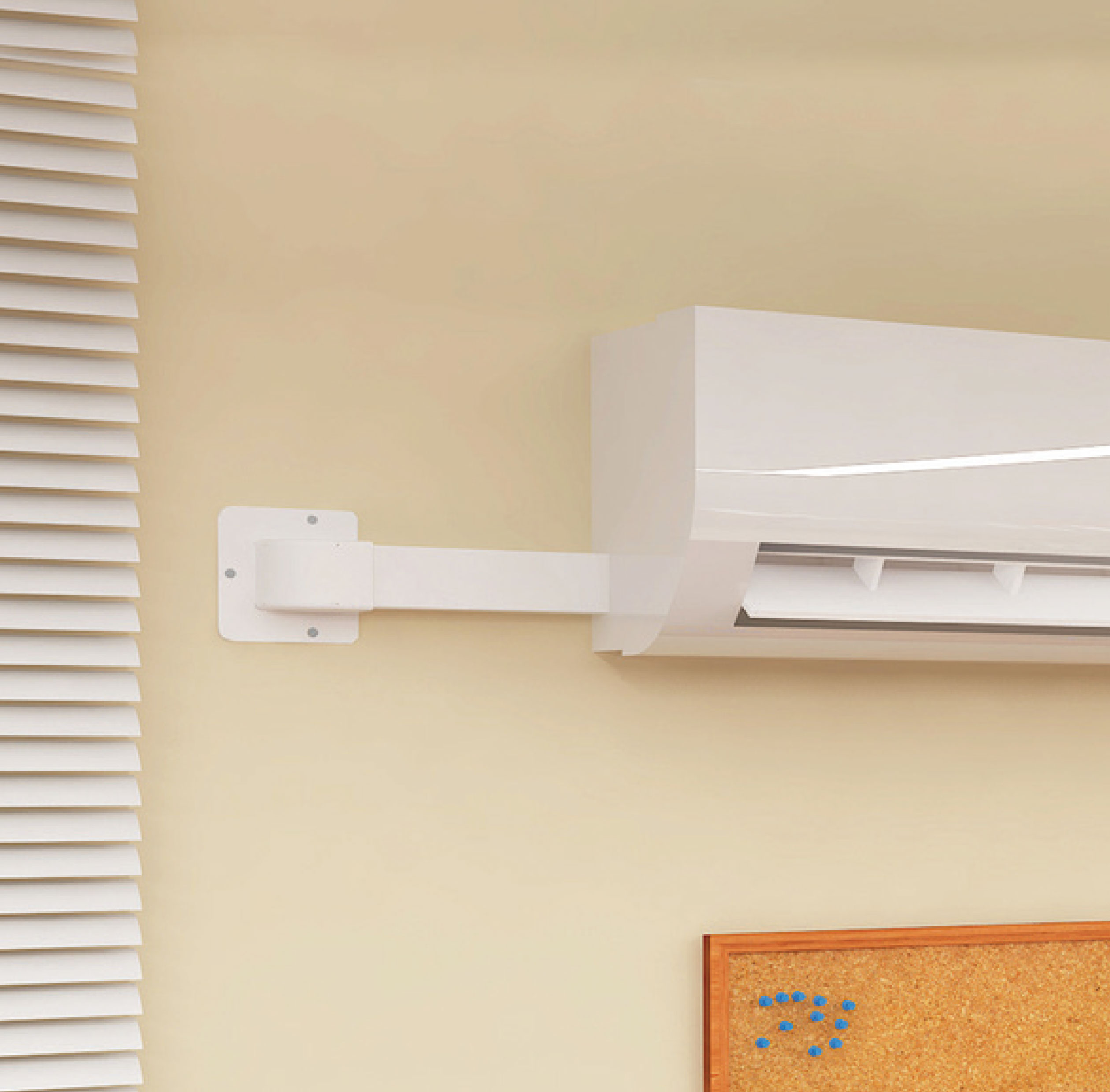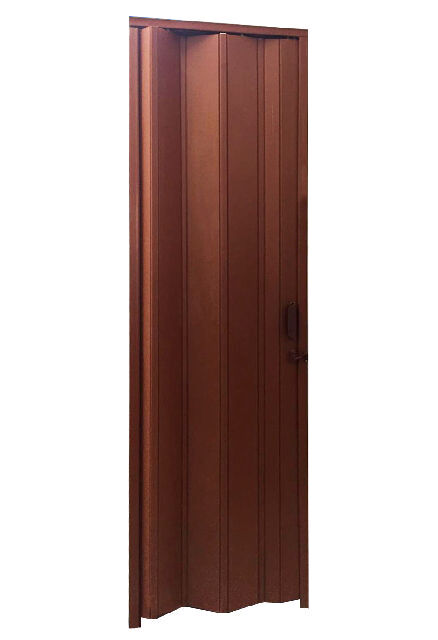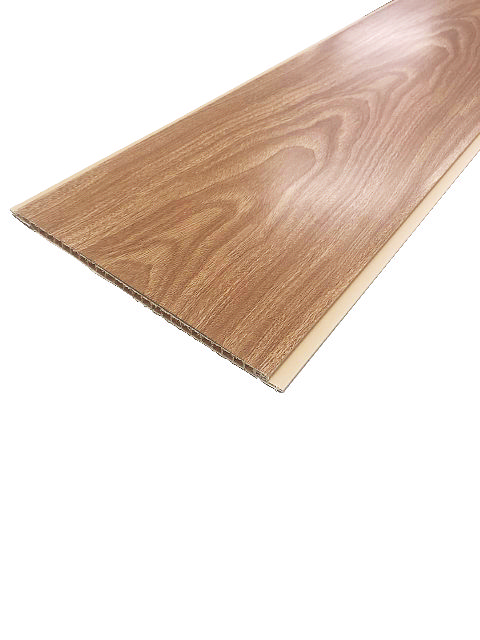Entre em contato conosco
Nossa equipe de especialistas entrarão em contato com você.
Entre em contato conosco
Nossa equipe de especialistas entrarão em contato com você.
A PERFILPLAST
The combination of trends in greenhouse gases and those in atmospheric pollutants translate to changes in concentrations affecting the overall development of radiative forcing. As shown in Fig. 10, the RCPs, as specified in the original selection criteria, cover the trends and level of radiative forcing values of scenarios in the literature very well. The most dominant factor, by far, is the forcing from COdos. As a result, both for the RCPs and in the overall literature, 2100 radiative forcing levels are correlated with cumulative 21st century CO2 emissions (see middle panel of Fig. 10). Thus, it is not surprising that the RCPs are consistent with the literature, both in terms of total forcing and cumulative CO2 emissions (over the course of the century).
Trends in radiative forcing (left), cumulative 21st century CO2 emissions vs 2100 radiative forcing (middle) and 2100 forcing level per category (right). Grey area indicates the 98th and 90th percentiles (light/dark grey) of the literature. The dots in the middle graph also represent a large number of studies. Forcing is relative to pre-industrial values and does not include land use (albedo), dust, or nitrate aerosol forcing
Concentration of air emissions
For tropospheric ozone (driven by the changes in NOx, VOC, OC and methane emissions, along with changes in climate conditions), there is a clear difference between the RCPs. For RCP8.5, radiative forcing from tropospheric ozone, according to the CAMstep 3.5 calculations, increases by an additional 0.2 W/m 2 by 2100 (La). In contrast, there is a decrease in radiative forcing, for RCP4.5 and RCPdos.6, of 0.07 and 0.2 W/m 2 , respectively (again CAM3.5). This is the result of assumed trends in air pollution control and climate policy.
Aerosol concentrations eventually decrease in all RCPs, following the strong decrease in emissions, especially those of anthropogenic SO2. This is very different from some of the SRES scenarios. However, the new insights into implementation of air pollution control measures were developed more recently, which were not comprehensively included in the SRES (Smith and Wigley 2006). Moreover, the SRES scenarios did not include climate policy measures. While there is a reduction in the impact of aerosols, at a global level, for some tropical regions, a shift towards higher concentrations is also reported. Finally, for nitrogen deposition, a decrease can be observed across the RCPs for most high-income regions. However, in many developing regions, an increase in nitrogen deposition is projected for the end of the 21st century, mostly related to the projected increases in NH3 emissions due to agricultural activities.
Brand new MAGICC design useful calculating greenhouse gasoline levels contributes to tropospheric and you may stratospheric forcing levels which might be a bit different from the individuals of one’s harder model used in the fresh new atmospheric biochemistry data (La). To own stratospheric ozone, that is associated with brand new MAGICC model expectation from  stratospheric ozone becoming only driven of the number of ozone-burning up ingredients. Full chemistry-environment model simulations (La) mean that environment alter is a vital additional parts regarding the progression from stratospheric ozone. These types of small differences in ozone forcing, however, are only a highly small fraction away from full pressuring regarding the RCP issues.
stratospheric ozone becoming only driven of the number of ozone-burning up ingredients. Full chemistry-environment model simulations (La) mean that environment alter is a vital additional parts regarding the progression from stratospheric ozone. These types of small differences in ozone forcing, however, are only a highly small fraction away from full pressuring regarding the RCP issues.
Extending the fresh RCPs to 2300
Figure 11 shows the CO2 emissions and radiative forcing trajectories for each of the four extensions of the RCPs (ECPs). As explained in the method sections, these have not been based on integrated assessment modeling, but on simple extension rules consistent with the rationale of each of the RCPs to which they connect (see Table 3). This has resulted in a set of extended concentration pathways to be used for climate model runs. Still, it is useful to examine the implied changes in emissions. For CO2, these are also shown in Fig. 11. The figure indicates that the simple extension rules (stabilization of RF for ECP8.5, ECP6 and ECP4.5 at 12, 6 and 4.5 W/m 2 , respectively) imply considerable reductions in CO2 emission beyond 2100. For the last two ECPs, this can be seen as a continuation of the trends of before 2100. For ECP8.5, this, in fact, implies a major trend break and an emission reduction, between 2150 and 2250, which reduces emissions at a similar rate as in RCP2.6 before 2100, but over 2 to 3 times the total emission volume. For ECP3PD, the assumed continuation of negative emissions implies that sufficient storage capacity will be found to store CO2 from bio-energy, CCS use, or other technologies that may remove CO2 from the atmosphere. Storage before 2100 (of emissions from bio-energy and fossil fuels) equals about 600 GtC. Assuming that after 2100 the storage potential only will be used for bio-energy and CCS (BECCS), the continuation of the scenario would at least require another 200 GtC. Optimistic estimates of storage potential are consistent with these numbers. By 2300, this scenario would result in a radiative forcing at roughly the same level as in 2000. Finally, a special extension was added to explore the difference in impacts from direct stabilization at 4.5 W/m 2 and an initial overshoot to 6.0 W/m 2 (SCP6to4.5). The extension shows that such an overshoot scenario would be possible, but would require a very abrupt emission reduction from the 6.0 W/m 2 profile and a long period of negative CO2 emissions. In other words, this would be a scenario that would be relatively hard to achieve (Meinshausen et al. 2011b).
Conheça mais
Design
A PERFILPLAST se preocupa em fornecer os melhores designs para os seus clientes. Temos como objetivo a satisfação e a qualidade na entrega, aliadas a um visual diferenciado e atrativo.

Praticidade
Oferecemos serviços práticos, uteis e rápidos. Esse atendimento você só encontra na PERFILPLAST.

Durabilidade e Resistência
Materiais altamente requisitados no mercado, com boa qualificação. A PERFILPLAST é o melhor local para se ter resultados de alta durabilidade, qualidade e resistência.






